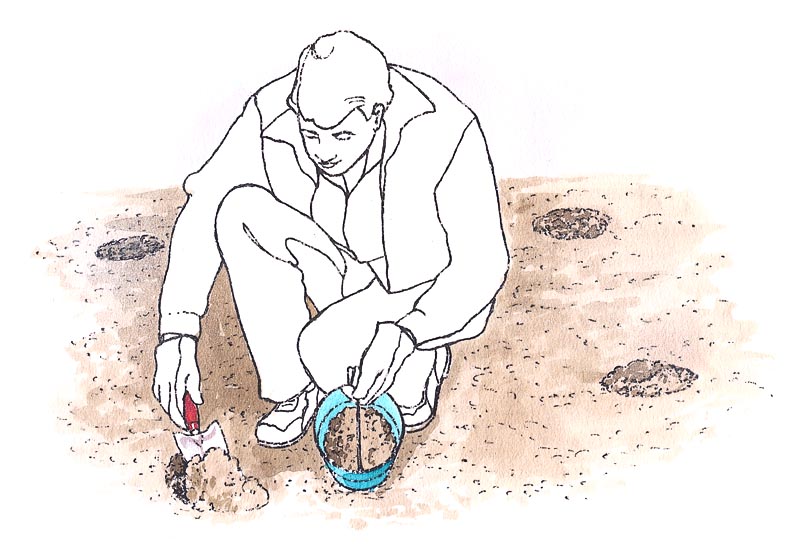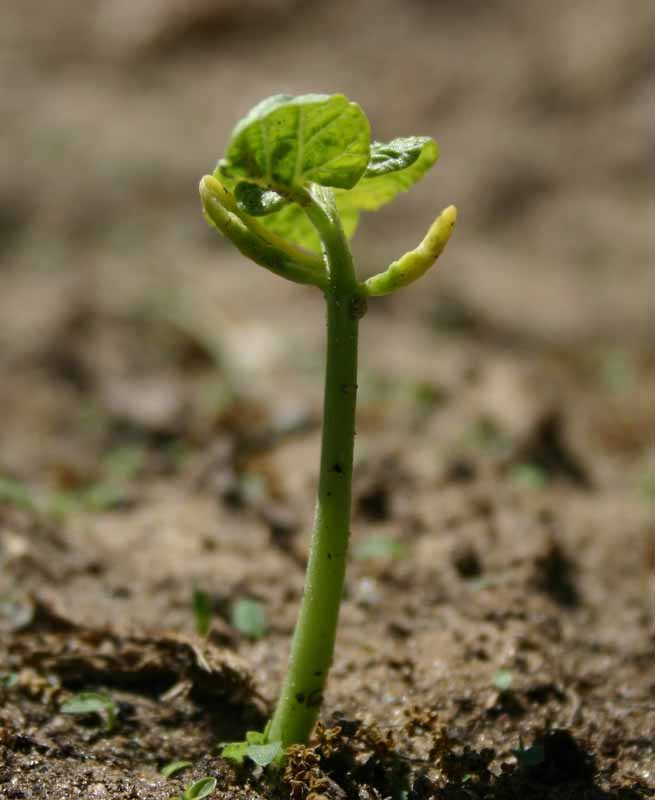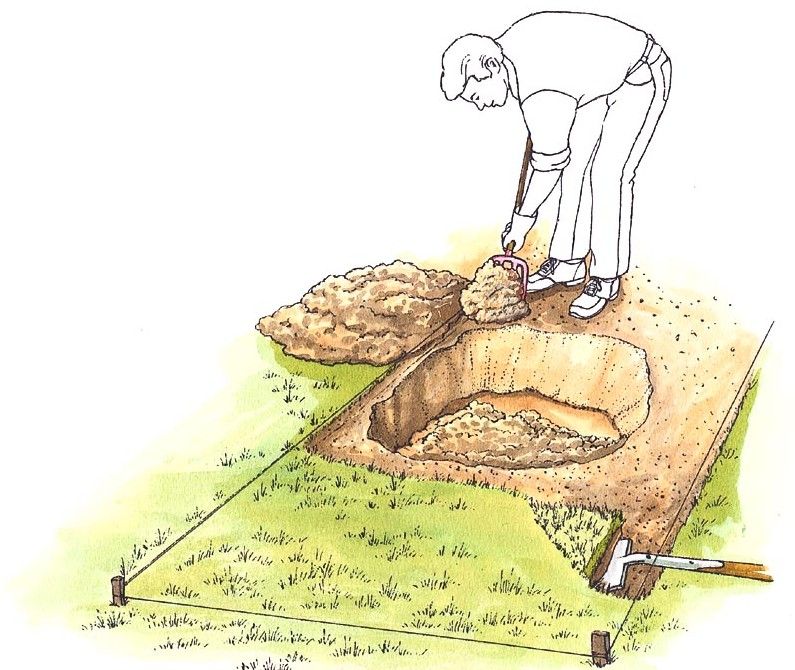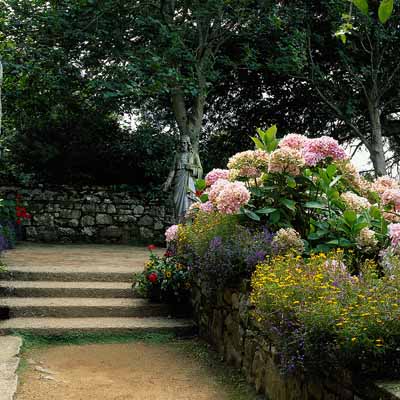It's easy to take soil for granted. Many of us find a flower we want to plant, dig a hole, plop the flower in the hole, and assume it will grow. While this might work if you have excellent soil, most of us need to alter our dirt to create the most optimum growing environment.
So how do you amend soil? The first, most important step is to do a soil test to find out just what your soil is lacking -- and not lacking. Fortunately, this article will walk you through a soil test and all the steps that follow to get your soil where it needs to be. In this article, you'll find the following helpful sections:
- About Soil
Learn all the basics about that black, earthy stuff we call soil. You'll learn how to go about getting a soil test and what to do with the results. Whether your soil is nutrient-poor sand, heavy clay, or something in between, this section will offer suggestions on how to alter the nutrients and pH of your soil to make it as fertile as possible. Other important tests discussed in this section are texture and drainage checks that determine how well your soil absorbs and drains water.
- Preparing Soil
Let us suggest the best ways to amend your soil, including how to use inorganic and organic fertilizers as well as other soil-improvement methods, such as composting. You'll learn about the three main nutrients found in most chemical fertilizers -- nitrogen, phosphorous, and potassium, or N, P, K -- and how to read NPK formulas on fertilizer packaging in order to get the right combination for your soil.
If you'd rather go the organic route, you'll also find tips on how to make your own compost and about alternative ways to improve your soil conditions without using chemicals. - Soil Techniques
Address the best ways to prepare your garden bed for planting, such as rototilling and hand digging. Also discussed in this helpful section are the whys and hows of installing a mowing strip around the garden bed to keep grass from growing where your flowers are.
You'll also want to turn to this section for tips on special soil techniques, such as double-digging for high-performance beds like rose garden and creating raised beds for very poor soil conditions. - Mulching
Just about every garden can benefit from mulching. Not only does it help retain moisture and keep weeds at bay, it often gives a finished look to a yard or garden. This section will help ensure that you lay mulch properly (not too thick!) and that you get the look you'd like to achieve using the various types of mulch available.
So, while you may be one of the lucky one with a healthy, nutrient-rich soil, chances are you could still benefit from the many helpful tips and techniques found in this article. Don't take a chance -- get a soil test and start getting the most out of your garden soil.
|
Even if your soil is in tip-top shape, there are still a few things you need to do before planting your garden -- especially if you're creating a garden with high-maintenance plants. See the next section for some helpful soil techniques, such as how to double-dig a garden bed.
Advertisement








